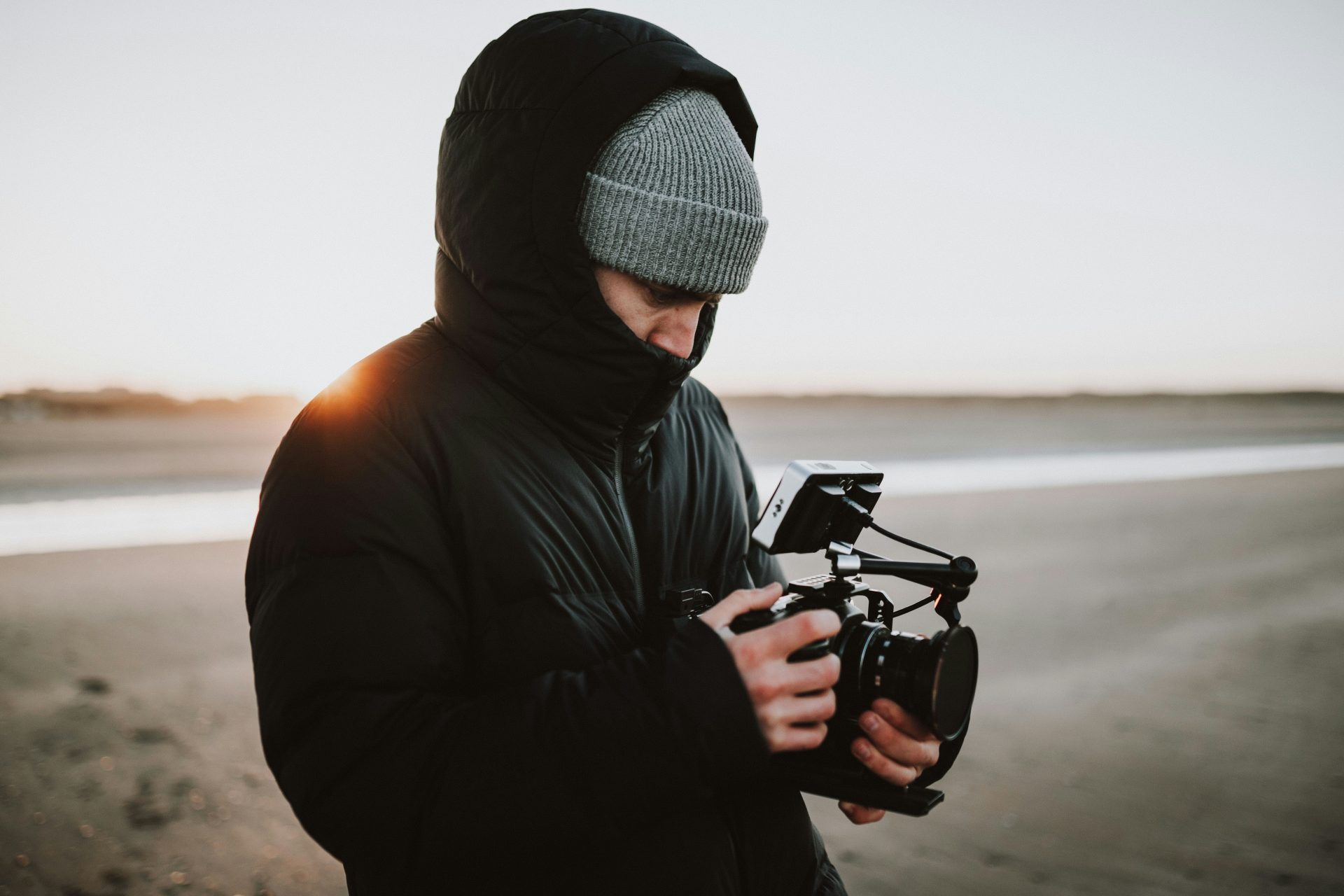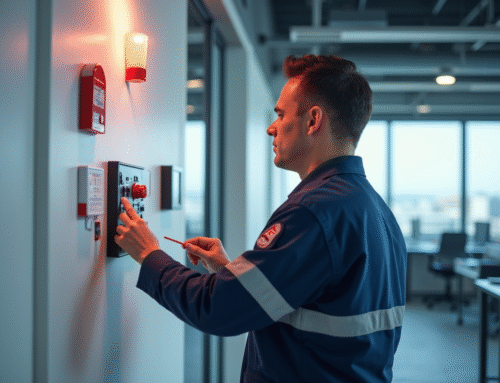
Being a photographer sounds amazing, right? Traveling to cool places, capturing perfect moments, editing shots until they look just right. But there’s a side of photography people don’t always think about—the part where a camera falls in a river, a lens cracks during a wedding, or someone accidentally steps on a lighting setup worth thousands of pounds.
It’s not just about taking photos. It’s also about protecting the tools that make that possible. And that’s where smart photographers do something first, before clicking even one shutter: they get insured.
Cameras Aren’t Cheap—And They’re Easy to Damage
Ask any photographer what their gear is worth, and it’ll probably be more than most people’s monthly rent. Between a good camera body, a couple of lenses, maybe a tripod, some lights, a drone, a laptop, and editing software, the cost adds up fast. And it’s not just about the money—it’s also about how often this gear gets used in unpredictable situations.
Shoots happen in fields, on beaches, in busy cities, on mountains, and inside cramped apartments. Gear can get dropped, soaked, stolen, or knocked over by wind. Even just traveling between jobs opens the door to accidents. And when something happens, replacing or fixing expensive equipment can really hurt.
That’s why smart photographers don’t wait for the “uh-oh” moment. They prepare for it. One easy way to do that is by looking into photography insurance, which can help cover the cost of damage, theft, and even some mistakes made on the job. It’s not about being scared—it’s just being smart.
It’s Not Just the Gear—It’s Your Whole Job
Imagine this: someone books a photo shoot for their engagement. You get there early, everything’s going well, and then your memory card corrupts halfway through. Or maybe you accidentally delete the photos after the shoot. That’s not just embarrassing. It could mean refunding the client, paying out of pocket for a reshoot, or even facing legal trouble if there’s a contract involved.
That’s why insurance isn’t only about covering physical stuff. Some plans can also help with professional mistakes, or what’s called “professional indemnity.” If a client says you didn’t deliver what you promised, insurance can help sort that out. This is super useful for photographers who shoot weddings, events, or commercial jobs where deadlines and expectations matter a lot.
Even the Best Photographers Have Accidents
No one plans to break a lens. No one schedules a shoot thinking, “Today’s the day someone trips over my lighting cable and breaks their ankle.” But things go wrong. And even pros with years of experience still face problems. That’s just part of working with gear and people in the real world.
Insurance is a quiet backup plan. It’s there even when everything feels under control. And when something random does happen, it’s a huge relief knowing you’re not stuck paying for all of it alone.
Some policies even help when you’re traveling. If your gear gets stolen at an airport or damaged on the road, having the right kind of cover can mean the difference between replacing your equipment or canceling jobs for weeks.
Not All Insurance Is the Same
One important thing to know is that there’s no one-size-fits-all policy. Some photographers work full-time. Others just do shoots on weekends. Some shoot portraits indoors, while others chase storms or wildlife.
That’s why it matters to choose insurance that fits your work. Look for one that lets you pick and choose what you need. Maybe you don’t want public liability coverage now, but you’ll need it if you start shooting events or weddings. Maybe your laptop’s worth more than your camera and needs to be included. Being able to adjust things helps a lot.
Also, check if your policy covers hiring replacement gear. If your camera breaks and you’ve got three shoots lined up, being able to rent a replacement without extra cost is a huge win.
What Happens When You Don’t Have Insurance?
Honestly, most photographers who go without insurance just hope nothing goes wrong. And yeah, sometimes that works. But the risk is high. Losing a camera worth thousands or facing a client who’s really upset can turn a fun job into a total disaster.
Some people think they’re saving money by skipping insurance. But if even one bad thing happens—just once—it can cost way more than the insurance would have.
It’s not just about money, either. It’s about stress. It’s hard to focus on doing your best work when you’re constantly worried about something breaking or getting lost. Insurance gives photographers more freedom to take creative risks, move fast, and try new things without constantly looking over their shoulder.
Getting Covered Is Actually Really Simple
It sounds complicated, but getting insured isn’t hard. You usually just need to list the gear you want covered, describe the kind of work you do, and choose how much cover you want. Then you’ll get a quote, and if everything looks good, you’re set.
Some companies even let you update your gear list online if you get something new. That way, you’re always up to date without having to start from scratch every time you make a change.
Even if you’re just starting out and don’t have the fanciest camera, it’s still worth looking into. Entry-level gear still costs a lot. And protecting it means you can keep shooting without interruptions if something goes wrong.
What Real Photographers Say
If you ask around in any photography group or forum, there are tons of stories. Some are funny, some are kind of scary. One person might talk about a dog running off with their lens bag. Another might say their gear got stolen out of their car right before a paid shoot. A few may admit they didn’t think insurance was worth it—until something bad happened.
There’s a pattern: people don’t think much about insurance until they really need it. And by then, it’s too late.
Photographers who get insurance early always say the same thing: “It was such a relief when I didn’t have to panic about paying for new gear out of my own pocket.”
What to Take Away from All This
Here’s the deal: photography is fun, creative, and sometimes even exciting. But it also comes with risk. Gear is expensive. People can get hurt. Things go wrong. And when they do, it helps to be ready.
Insurance isn’t just something for big companies or full-time professionals. It’s something every smart photographer does first, before the first photo gets taken. It keeps everything running smoothly—even when things get messy.
So if you’ve got gear you care about, or clients depending on your work, take a minute to check out what kind of insurance you might need. It could be the easiest way to keep doing what you love, without all the stress.
And hey—nobody wants to be one broken lens away from calling it quits. Better to be one step ahead.



